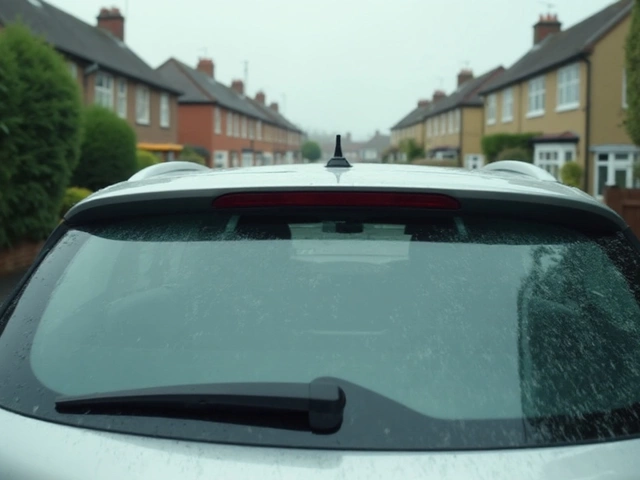Car Battery Voltage – Quick Check & What It Means
Ever wonder why your engine won’t crank or why lights dim when you start the car? Most of the time it’s a voltage problem. Knowing the right numbers can save you a tow and a pricey repair.
First thing, a healthy 12‑volt lead‑acid battery should sit around 12.6 V when the engine is off. Anything lower, and you’re looking at a weak cell or a charger that’s not doing its job. When the engine runs, the alternator should push the voltage up to 13.8‑14.4 V.
How to Test Your Battery Voltage
You only need a digital multimeter. Set it to 20 V DC, connect the red probe to the positive (+) terminal and the black probe to the negative (‑). Read the number. If the meter says 12.2 V or less, the battery is undercharged.
Do the test in a cool, shady spot. Heat can make the reading look better than it really is. If you get a sudden spike to 15 V, the alternator may be over‑charging – that can melt battery plates quickly.
Want a quick sanity check? Turn on the headlights, then watch the multimeter while you start the engine. The voltage should dip a little then bounce back. If it stays below 13 V, the alternator or wiring is suspect.
What Different Voltage Readings Indicate
12.6 V or higher: Battery is fully charged and healthy. No immediate action needed.
12.4‑12.5 V: Battery is partially charged. A short drive or a charger will bring it back up.
12.0‑12.3 V: Battery is low. You should charge it soon or you risk a no‑start.
Below 12.0 V: The battery is discharged enough that it may not hold a charge. It’s time to charge or replace it.
When the engine is running, anything under 13.8 V suggests the alternator isn’t charging properly. Over 14.5 V points to a regulator issue.
Don’t ignore a steady low reading. It often means a bad cell, corroded terminals, or a loose cable. Clean the terminals with a wire brush and tighten the bolts before you assume the battery is dead.
If you’ve checked the voltage and everything looks fine, but the car still won’t start, look at the starter and the ignition switch. Sometimes the problem isn’t the battery at all.
For most drivers, a simple voltage test once a month during winter is enough. Cold weather saps battery power fast, and catching a dip early can keep you on the road.
When you need a new battery, pick one with the same group size and a similar cold‑cranking amps (CCA) rating. A higher CCA helps on icy mornings, but it won’t fix a charging system that’s broken.
Bottom line: Knowing your car battery voltage gives you a clear picture of health, tells you when to charge, and warns you before a full breakdown. Grab a multimeter, run a quick check, and you’ll drive with confidence.
 11 September 2025
11 September 2025
How to Tell If Your Car Needs a New Battery: Signs, Tests, and Costs
Know when to replace your car battery. Learn clear symptoms, quick tests, exact voltages, costs, and a repair vs replace decision tree you can use today.






0